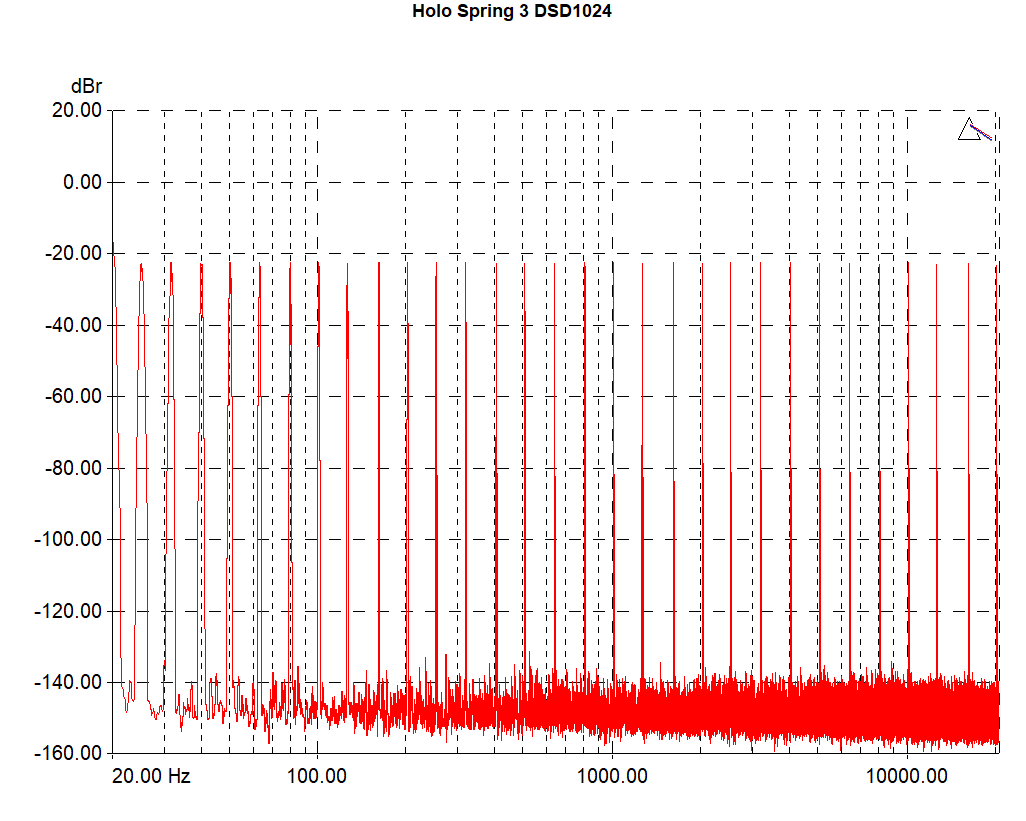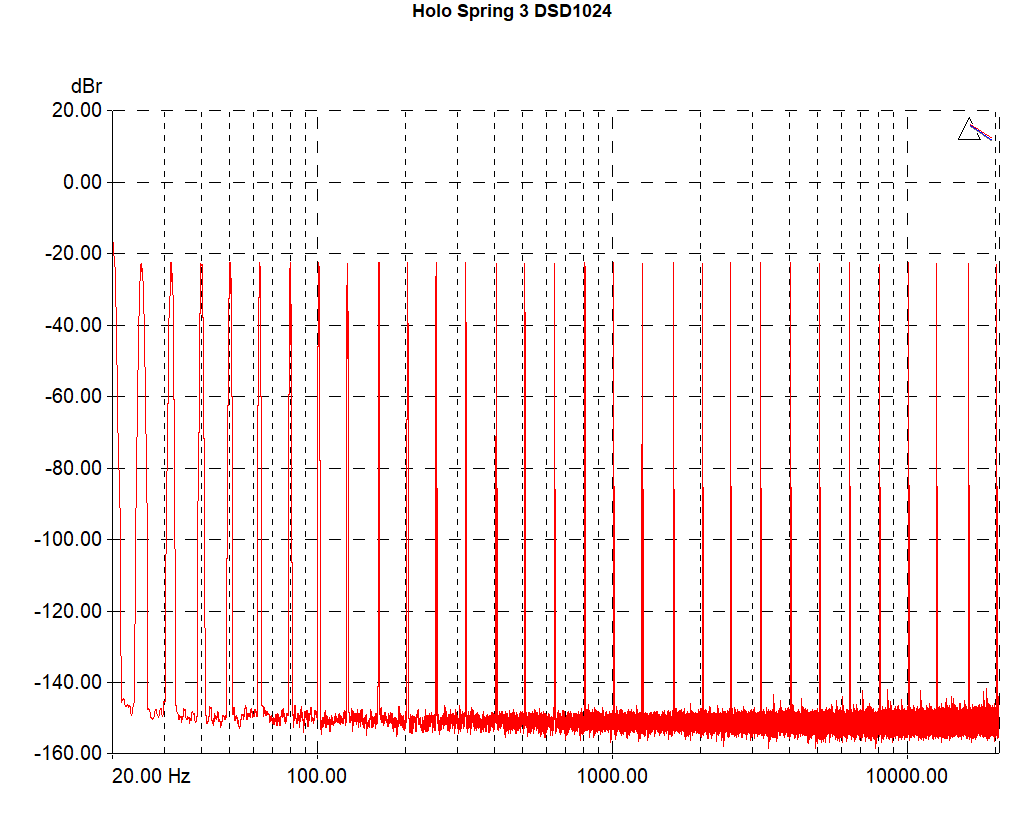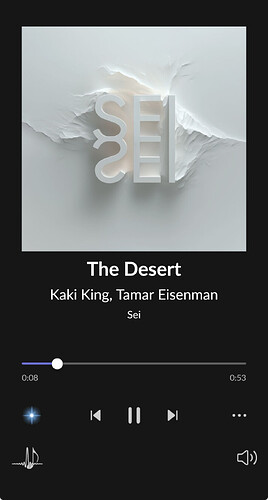Hi! I am quite a newbie with HQPlayer, just recently purchased a license. I have Hegel H600 and KEF R11 Meta with Audioquest Thunderbird Zero as speaker cables, Audioquest Firebird High Current power cable and also use Macbook Pro M1 with Roon and HQPlayer connected via AQ Carbon USB cable directly to the internal DAC of H600. Also using a KEF KC62 sub.
I can start by saying that it’s obviously a better sound when upsampling to DSD256 with HQPlayer, but now I am trying to fine tune the filter and modulator to something that can make me happy overall in the long run.
I mentioned the system, because I think it’s important to understand that it is quite neutral, transparent. Hegel gives power and musicality, but the KEF’s are pretty neutral and quite sensibile to amp, cables etc. They can become slightly warm, but they can also be quite cold with harsh highs. In my setup, they’re pretty neutral and depending on the settings/sources, it can go a bit harsh and metallic, or slightly warm and more musical.
I am interested in getting fast transients, strong punch, to have the physical impact on drums etc. I want that sensation of live for rock (E.g. Porcupine Tree, Steven Wilson, Tool, Pink Floyd etc.) or more alert jazz. I also listen to a lot of experimental electronic, more downtempo or avantgarde. So, tight control on the bass is important to me, but I don’t want it to be very quick and short, without heaviness. At the same time, I want the voices to be as warm as possible and the highs not harsh considering that I want everything else to be pretty fast. I know there must be a compromise somewhere, so I am trying to find that. What seems to be working quite well for me so far is the gauss-hires-ip with ASDM7EC-super. By comparison, gauss-long with ASDM7ECv3 is warmer, more analogue like, feels like vocals and highs are sweeter and I like that, but it’s not as fast as I want it to be. Also, i use the hires-ip filter for all sources (1x, nx).
I know it’s a long shot and not sure if my observations with my choices and my preferences even make sense from a technical point of view (basically if the combinations I mentioned and the sound differences make sense), but my question is, do you have any other suggestion for me to try to find that balance of speed and musicality to accommodate the preferences I mentioned? Also, is it ok to use hires-ip for both 1x and nx?
Thx in advance! Also, great job with this piece of software!


